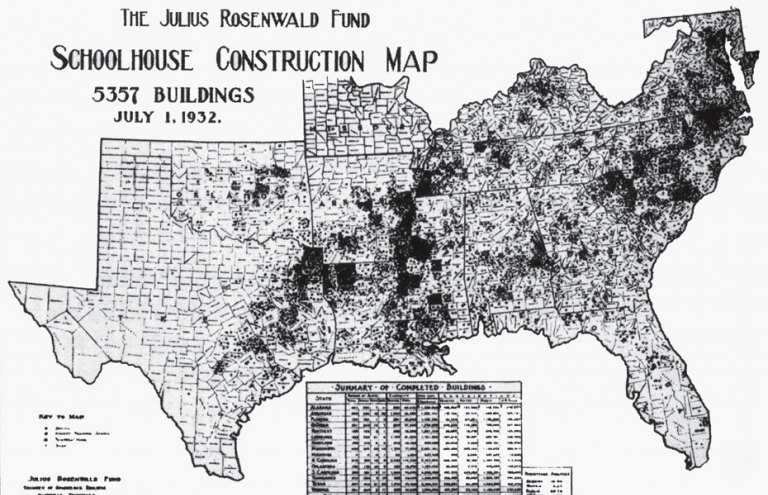
History unclaimed
Mccray School

Nestled in the rural McCray community within Alamance County is an old one-room schoolhouse. Today, its white exterior paint is peeling off and one corner of the building has shifted downward leaving it unleveled, but in its prime, the school serviced almost 60 students at once in its single room.
The McCray School was built between 1915-1919. It was the first school for African-American students in Alamance County.







Front of the McCray School.

McCray School sign.

Back of the building.

Front of the McCray School.
RESTORATION
Today, McCray owned by the Alamance-Burlington School System and being restored so it can be used again by classes for field trips and history education.
ARTIFACTS

WATER BUCKET
Used to collect drinking water from nearby lake for students.

OIL LAMP
Lamps were used to help light the space when dark.

SCHOOL BELL
The teachers would ring the bell when it was time for recess.

WOOD STOVE
Used to keep the room warm in the colder months.

AMERICAN FLAG
Flag with 48 stars that hung up in the schoolhouse.

HANDHELD CHALKBOARDS
Students would use to complete their daily work.

AMERICAN MAP
Students used the map to study American geography.

BOOKS
The books students used for their daily lessons.

Used to collect drinking water from nearby lake for students.

Lamps were used to help light the space when dark.

The books students used for their daily lessons.

Used to collect drinking water from nearby lake for students.
STUDENT LIFE
Inside of the school are artifacts from the first half of the 20th-century. There is a United States flag with forty eight stars, books, small chalkboards, and desks that were used in the school.
The African-American community in Alamance County raised the funds to build the school for their children. It remained in operation until the early 1960s when larger public schools were built in Alamance County.
After its closure, the McCray School space was used as an events and community center in the 1980s for residents of the McCray community. Local schools also used the site for field trips by bringing students to the school and teaching lessons in it for the day to illustrate the experience of learning in a one-room schoolhouse.


The building has been used for teaching all kinds of subject material from Math and English for children to adult education
WHY PRESERVE MCCRAY


INSIDE THE SCHOOL - 360 VIEW
Even as a one-room schoolhouse the building sometimes hosted around sixty students of various ages in the small space.
The Rosenwald Schools
Scattered and hidden across North Carolina are the remnants of an early 20th-century education initiative for African-American students. They are the Rosenwald Schools, the brainchild of Booker T. Washington and Julius Rosenwald. Many of the school houses were destroyed, but surviving buildings were repurposed as town halls, churches, and homes.
Approximately 5,300 were built in the southern states, and of all the states, North Carolina received the most schools, with more than 813 built here. Alamance County was the home to nine Rosenwald Schools. Two used to be at the site of the current Sellars-Gunn Education Center.
Julius Rosenwald, a one-time president of Sears, Roebuck & Company, funded the initiative, as well as several other philanthropic causes.
Booker T. Washington, founder of the Tuskegee Institute, conceived the idea of the Rosenwald Schools as an effort to improve the education of African-Americans in rural areas.

The Rosenwald Fund matched the money raised by communities to help fund the construction of schools.
SCHOOLING IN THE SOUTH

The program built over 5,300 schools and is responsible for the education of around one-third of African-Americans in the south.
Interactive Map
The original designs for the schools lacked electricity, which the blueprints made sure to compensate for. Window placement, building orientation, and furnishing and equipment location were key elements of the plans to take the fullest advantage of the sunlight.
By the completion of the fund, about one-third of African-American children in the south received an education from a Rosenwald School, and the fund had given away more than $70 million, an amount equivalent to $1.8 billion today.



